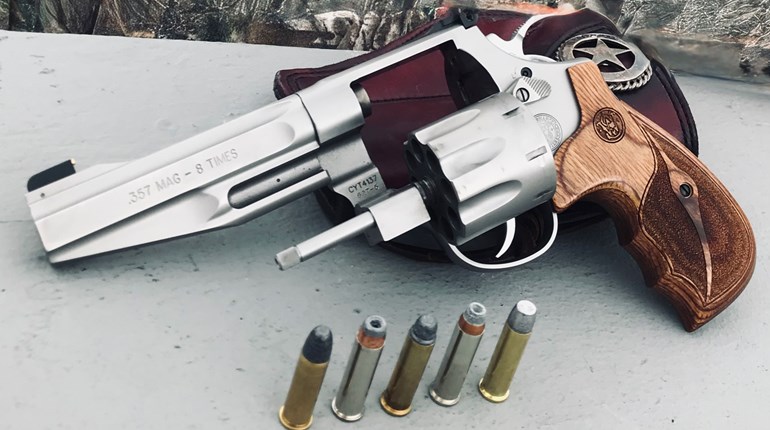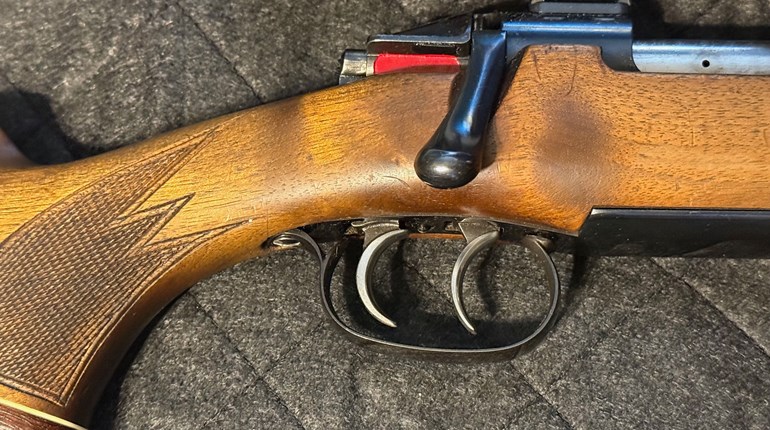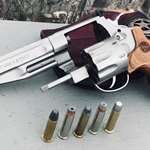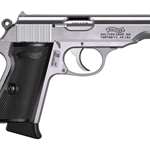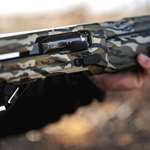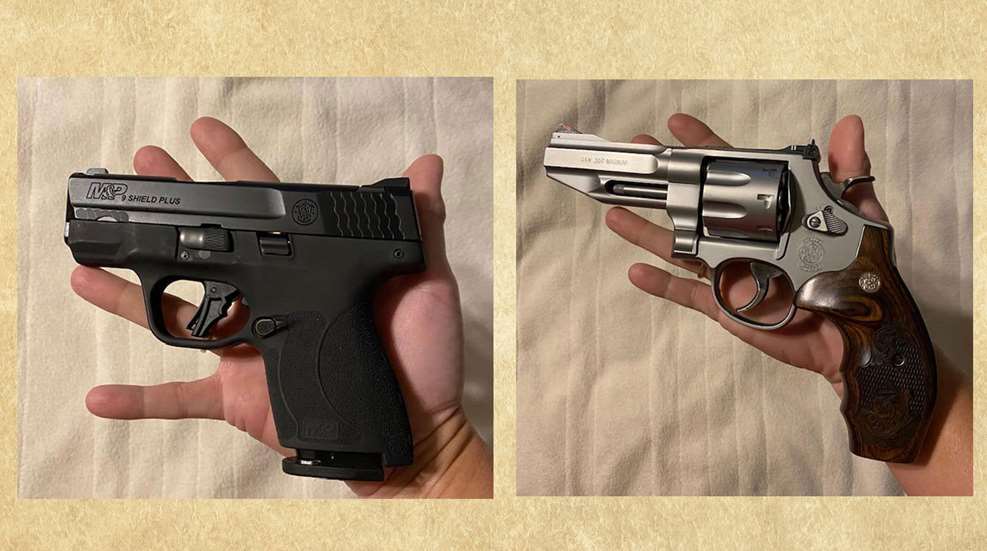
America has always been known as the “Land of Plenty,” offering consumers a variety of choices for most products on the market, including firearms. Today’s gun owner has never had more choices in firearms in all sizes: subcompacts, compacts, mid-size, full-size and, for the adventurous, “hand cannons.”
The features that put firearms into these different categories have to do with the components that dictate the size of the gun. Some of the components of a firearm that affect its size are barrel length, frame size and magazine capacity. The component that affects the size of the firearm the most is the length of the barrel.
Barrel Length
To determine the ideal barrel length, the prospective gun owner should decide what the firearm’s primary use will be. Once the consumer has decided if a firearm is for home protection, concealed or open carry, target shooting, competitions, hunting or a combination of these, it will be easier to settle on a barrel length.
There are pros and cons for each barrel length. The barrel length affects portability and muzzle velocity. Generally speaking, the longer the barrel, the greater the velocity, which translates to deeper penetration. But, a longer barrel is harder to conceal and harder to open carry. Longer barrels can also cause the draw to be slower and more difficult. In a defensive situation the quicker and easier it is to draw a firearm, the better your odds of survival.
Frame Size
Next, the shooter must take into account frame size. Larger framed handguns tend to allow for an easier proper grip, as opposed to very small handguns. They also usually feature a larger ammunition capacity. Typically, a shooter will experience better accuracy and recoil management with a larger and heavier handgun. Unfortunately, these larger framed handguns are also harder to conceal or open carry. As a result, many are left at home because of the hassle of carrying them. Fortunately, there are large frame revolvers on the market with very short barrels for easier carry, such as Ruger’s Alaskan model. The Alaskan is a 5-shot, 2” barrel wheelgun that is chambered for .44 magnum, .454 Casull, .45 Colt and .480 Ruger.
Magazine Capacity
Magazine design in semi-automatic pistols can affect the size of the grip, as well as the overall size of the handgun. Pistols can be designed to accept single- or double-stack magazines. Double-stack magazines usually hold more ammunition, but can make the grip larger. Single-stack magazines hold fewer rounds of ammunition, resulting in a thinner gun, but can be easier to carry and conceal.
Size affects almost all aspects of your chosen firearm. From velocity to shooting technique to magazine capacity, firearms are all designed with different intended uses. Choose the firearm design that best meets your needs. However, you might need more than one to meet all of your needs. Sometimes multiple tools may be necessary to solve multiple problems. Know your options and shop accordingly.
Subcompact/Snubnose
These are sometimes called pocket guns. Subcompacts usually refer to semi-automatic pistols, and snub-nose usually refers to revolvers. These handguns usually have a barrel length between 1¾” and 3”. This size firearm is made for concealment. The downside is that you are trading ammunition capacity and accuracy for its small size and portability. (Smith & Wesson Model 642 and Glock 43 shown)

Compact/Mid-size
Compact or mid-size handguns are the most common choice for concealment or open carry. These guns have a barrel length between 3” and 4”. These firearms are more concealable than full-size firearms, and more accurate than subcompacts or snub-nose handguns. Compact firearms are the most versatile when it comes to self-defense, as they have larger ammunition capacities than subcompacts while remaining concealable. (Glock 19 shown)

Full-size 
Full-size handguns are sometimes referred to as duty or service handguns. These handguns are typically designed for law enforcement or military use. They also make superb home-defense guns. Barrel lengths on full-size firearms are usually between 4” and 6”. Full-size guns are usually the best combination of accuracy, ammunition capacity and recoil management. These handguns are usually carried in belt holsters. (Smith & Wesson Model 627 shown)
Hunting and Competition
These handguns are usually the longest-barreled firearms. Competition semi-automatic firearm barrels are usually 5” or longer. Hunting, target and competition revolvers are usually 8” or longer. Hunting revolvers can have barrels to the extreme length of 20”. The barrel length and weight for recoil management in conjunction with precision internal parts make these guns extremely accurate. A hunting revolver can even have a scope mounted on the frame above the cylinder. (Ruger Mark IV Competition pistol shown)

Specialty Handguns 
Specialty handguns have very niche uses. These guns are usually revolvers that are a cross between full-size and hunting firearms. These are your true “hand cannons.” Specialty revolvers are designed for individuals entering areas where large predators are found, especially grizzly bears. Even individuals hunting brown bears with a large caliber rifle often carry a defensive handgun as a back-up. These guns usually have a full-sized barrel of 4” to 6”, but are chambered in hunting rounds such as .454 Casull, .460 S&W, .480 Ruger and .500 S&W. These revolvers can be found in single-action and double-action. The full-size barrel length is for an easy draw and the hunting calibers are for stopping a charging predator in its tracks. The downside is that they are very heavy. Most are carried in chest holsters. (Smith & Wesson Model 500 shown)
Take your time and do your research. Seek the advice of reputable gun dealers, shooters, hunters, or NRA Firearm Instructors for guidance on the right size handgun for you!












